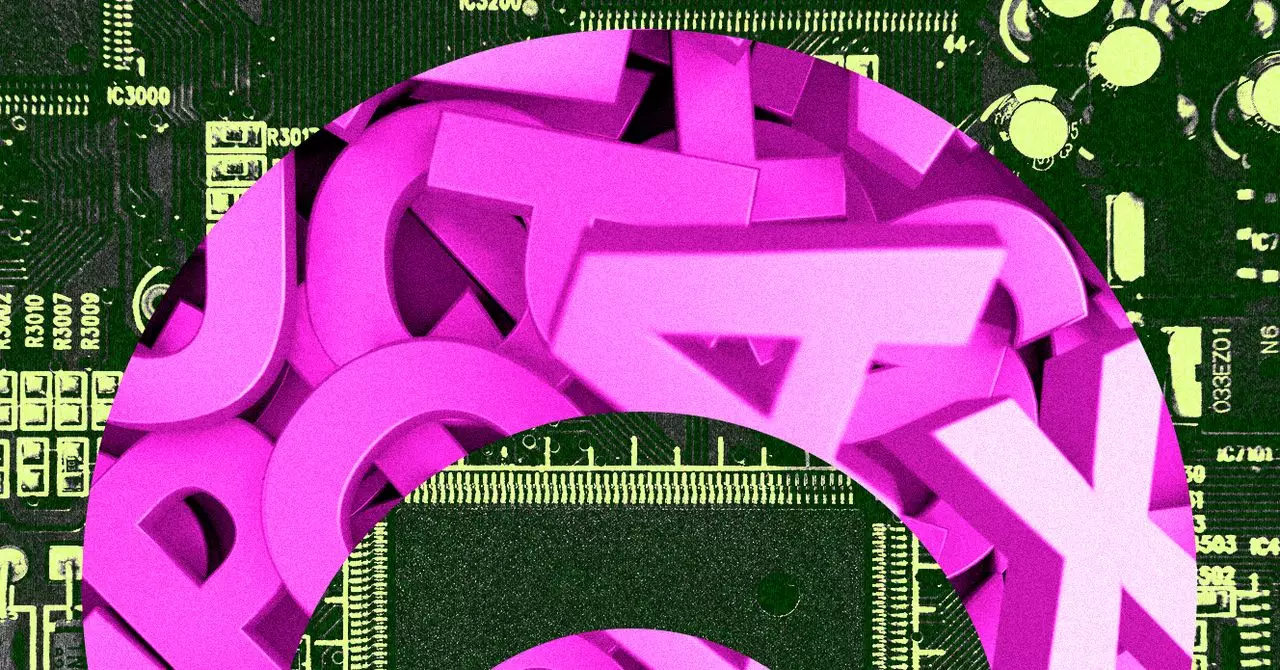The landscape of artificial intelligence is poised for a dramatic transformation, and at its core is the innovative collaboration between startups Flower AI and Vana. They have developed a new large language model, named Collective-1, which represents a pivotal shift from traditional AI construction methodologies. The essence of this shift lies in their decentralization approach, where computational power is sourced from geographically scattered GPUs rather than relying solely on colossal data centers. This model not only has implications for how AI is developed but also democratizes the field, allowing smaller players to participate in the AI race.
Traditional AI development is characterized by enormous datasets and substantial computational power housed in centralized data centers. However, the Collective-1 model circumvents these limitations by decentralizing the training process, allowing disparate resources to be pooled together. This significant innovation provides opportunities for a range of organizations—from startups to universities—to compete in building advanced AI systems, breaking down the barriers that have long favored deep-pocketed tech giants.
A Unique Approach to Data Utilization
The data feeding into Collective-1 comes from a mixture of public and private sources, including social media platforms like X (formerly Twitter), Reddit, and Telegram. This diverse data input distinguishes Collective-1 from some of the predominant AI models available today, as it embraces a non-traditional methodology for data accumulation. Rather than leaning heavily on large, curated datasets typically obtained through extensive scraping, this model intends to harness a broader spectrum of data types.
Nic Lane, cofounder of Flower AI, emphasizes this uniqueness, stating that the approach facilitates a scalable future, potentially expanding well beyond the current 7 billion parameters of Collective-1. With more groundbreaking models on the horizon, such as those with 30 billion and even 100 billion parameters, Lane envisions an AI landscape that continually pushes the boundaries of existing models. This broadening of data types and methodologies suggests that collective computing power could lead to remarkable advancements, taking the AI field into unprecedented realms.
The Challenge to Traditional Power Dynamics
The structural alteration represented by the distributed model poses significant challenges to the entrenched power dynamics of the AI industry. Currently, the top AI enterprises possess a monopoly over advanced models due to their financial clout, technological infrastructure, and access to extensive data. However, by enabling smaller companies and organizations to harness distributed resources, Collective-1 injects a spirit of competition into an otherwise monopolistic environment, fostering innovation and diversity in AI development.
As a result, the advantages of advanced AI technology may soon extend beyond the realm of affluent companies. Countries lacking established infrastructure can now connect multiple data sources to create robust AI systems, leveling the playing field across the globe. This potential evolution is critical, as it encourages international collaboration and creativity, and ignites interest among nations seeking to enhance their technological foothold.
The Future of AI Training
The traditional model of AI development, with its dependency on centralized computing and the swift transfer of massive datasets, is increasingly seen as limiting. Experts recognize that the future of AI training lies in innovative approaches, such as the distributed model utilized by Flower AI. Helen Toner, an AI governance expert, describes this model as not just interesting but “potentially very relevant” in reshaping competitive dynamics in AI.
The process requires rethinking data calculations and the training architecture used in creating potent AI systems. By enabling calculations to take place across various locations rather than being confined to a single powerhouse, the model reimagines the entire operational landscape of AI training. This innovation itself is a testament to the potential inherent in collaborative resource utilization, nurturing an ecosystem that can adapt and evolve rapidly.
As we look ahead, it is clear that the future of AI development revolves around embracing new and unconventional methodologies. The emergence of models like Collective-1 can spark a wave of innovation that not only democratizes AI but also inspires a fresh generation of thinkers to explore the unexplored frontiers of technology. The ongoing journey into the realm of decentralized AI promises to unlock new dimensions of creativity, collaboration, and capability that traditional approaches could never hope to achieve.

